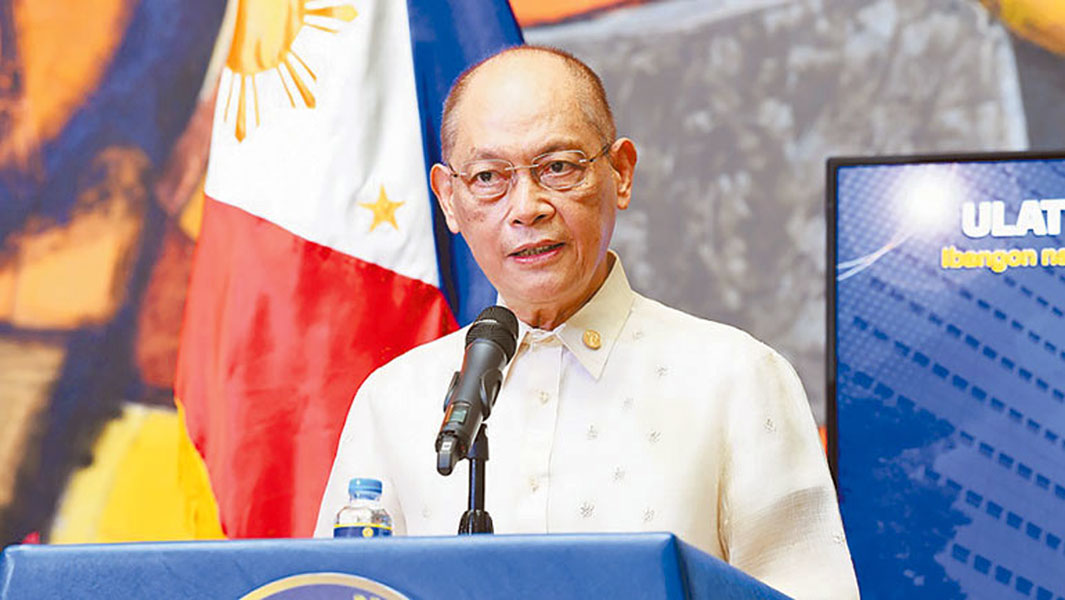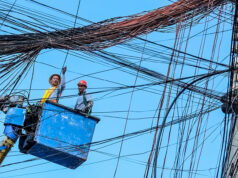
THE Maharlika Investment Fund (MIF) is expected to be fully operational before the end of the year, Department of Finance (DoF) Secretary Benjamin E. Diokno said.
“We’re expected to prepare the implementing rules and regulations (for the Maharlika fund law); we’re expected to look for people to man the Maharlika Investment Corp. I expect (the fund) to be fully operational before the end of the year,” Mr. Diokno said in a briefing on Friday.
Last week, Congress approved the bill creating the fund. It is due to be transmitted to Malacañang for President Ferdinand R. Marcos, Jr.’s signature.
Mr. Diokno said that the bill will likely be signed by the President before the President’s second State of the Nation Address in July.
The bill designates as Maharlika’s sources of initial capital the Land Bank of the Philippines (LANDBANK), which will invest P50 billion; the Development Bank of the Philippines (DBP), which will inject P25 billion, and the National Government, which will provide P50 billion.
National Treasurer Rosalia V. de Leon said that Maharlika Investment Corp., which is tasked to manage the fund, will have initial capital of at least P75 billion by the end of the year.
“The corporation has an authorized capital stock of P500 billion. That is the authorized stock, then the National Government together with LANDBANK and DBP will subscribe (for shares). That will raise P125 billion. But the initial paid-up capital will be coming from the two government financial institutions — P50 [billion] and P25 billion (for) the corporation,” Ms. De Leon said.
“You have to distinguish between the corporation and the fund. The corporation is the one that will manage the fund,” she added.
Ms. De Leon said the government pension funds cannot be used as a source of financing, unless the legislation is revised.
The Senate included in its bill a prohibition on government pension and insurance funds from contributing seed capital for the fund. Singled out were the Government Service Insurance System (GSIS), Social Security System (SSS), and Philippine Health Insurance Corp. (PhilHealth).
Mr. Diokno noted that pension funds may invest in projects, as long as they do not infuse equity.
“If there is a big project and GSIS or SSS wants to subscribe for or invest in because of the high returns, they can do it. This is for projects, but not equity,” he said.
“Projects are allowed… on the project level they can (provide funding), but not for the corporation,” Ms. De Leon added.
Ms. De Leon also said that the MIF can reduce government borrowing.
“Without Maharlika, how do we fund our projects? Before, it was through debt. This time around (it can be) equity so we can reduce government debt,” she added.
The Philippines is also well-placed to establish such a fund, Finance Undersecretary Catherine L. Fong said.
“Because of the worldwide economic conditions, there are a lot of investors looking at investing in infrastructure projects and because we are speeding up private-public partnerships, they might be interested to invest in those through possibly the Maharlika,” she said. — Luisa Maria Jacinta C. Jocson



